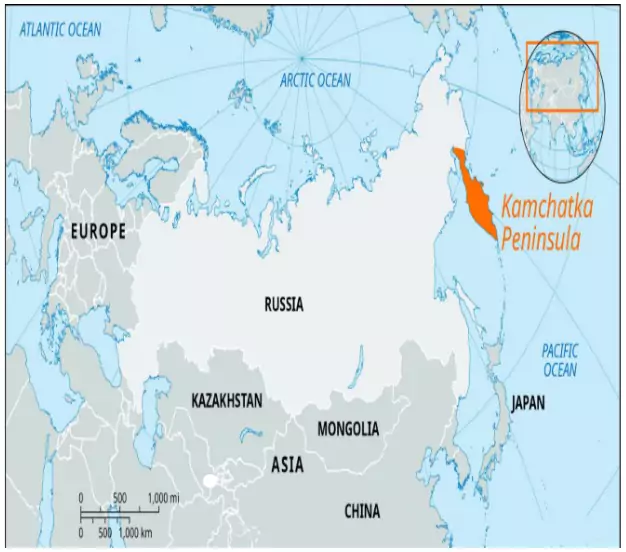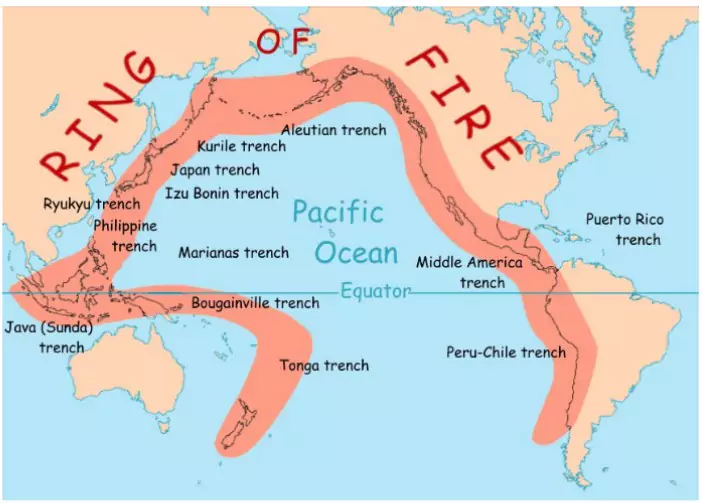![]() 30 Jul 2025
30 Jul 2025

A powerful undersea earthquake on a Richter scale 8.8 magnitude quake off Russia’s Kamchatka Peninsula has triggered tsunami alerts across the Pacific region, affecting countries from Japan to the United States.

 Over 150 volcanoes, including 29 active
Over 150 volcanoes, including 29 active
<div class="new-fform">
</div>
